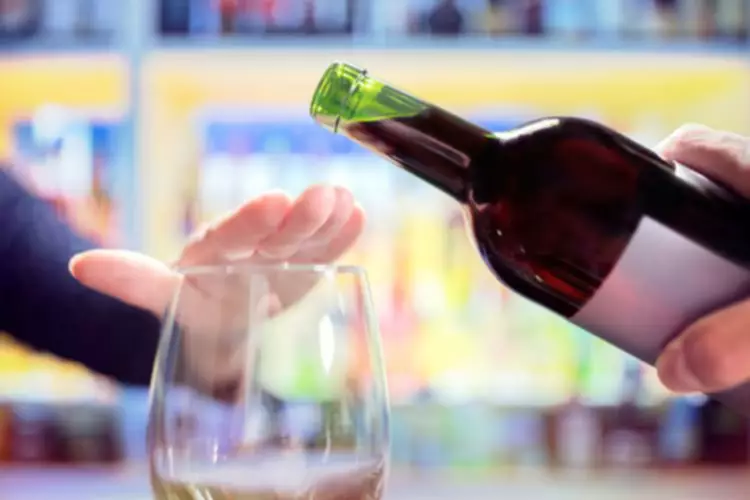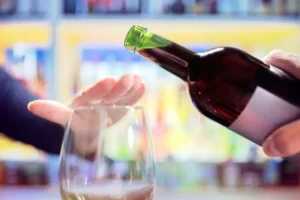
Substance use resources are also available in local communities and at the state level. Additionally, over 80 percent of people who use medicinal marijuana also use it recreationally. This can lead to more use and an increased risk of marijuana use disorder. In healthy people, marijuana is sometimes used as a substitute for other, stronger substances. Amanda Reiman, PhD, policy manager for the California office of the Drug Policy Alliance, and lecturer at the University of California Berkeley, shed light on this trend.
How Is Marijuana Abused?
Research published in the journal Drug and Alcohol Dependence indicates that individuals with CUD experience withdrawal symptoms, cravings, and continued use despite negative consequences. The risk of addiction is significantly higher in individuals who start using marijuana at a young age or use high-THC strains. The risks of marijuana are accidents, injuries, mental health issues, and cognitive impairments. These risks are significant and affect Drug rehabilitation various aspects of an individual’s health and well-being.
Improved Quality of Life

While the FDA has not approved marijuana (in THC or CBD form) for medical usage, numerous studies are underway and an overwhelming amount of qualitative data suggests the drug may have benefits for a variety of medical issues. At Carolina Center for Recovery, we work with family members, co-workers and other professionals, as well as directly with the individual in need of support to provide comprehensive care and treatment for addiction. The American Psychological Association (2017) emphasizes that these cognitive impairments are more pronounced in adolescents whose brains are still developing. As THC accumulates in the brain, regular use leads to long-term deficits in attention, memory, and learning. Marijuana affects the brain by altering cognitive functions through interactions with THC, which binds to cannabinoid receptors in key regions like the hippocampus and prefrontal cortex. In contrast, medicinal marijuana is formulated with a balanced ratio of THC and CBD, focusing on therapeutic benefits such as pain relief and symptom management for conditions like anxiety and chronic illness.
- When it comes to cannabis, there’s a lot of contradictory information out there on whether the plant can be addictive or not.
- Here we summarize findings about the effects of chronic cannabis use on these circuits.
- This risk increases for those who begin using during adolescence or engage in frequent use.
Rediscover Life at Carolina Center for Recovery
When how is marijuana addictive a person smokes pot, tetrahydrocannabinol (THC), the active ingredient in marijuana, triggers a release of the feel-good chemical dopamine in the brain. It also activates the brain’s reward pathways to remember the experience and repeat it. Marijuana use can lead to addiction in the same way other addictive drugs do — by acting on the brain’s reward centers. On the other hand, addiction is a chronic disease characterized by intense and uncontrollable cravings for a drug and compulsive use of the substance despite its negative impacts on the person’s life. Nearly three out of every 10 people who use weed will develop some degree of problematic use of the drug and 9 percent will become dependent on it. Approximately 17 percent of teens who smoke weed develop a dependence on the drug.
- In addition to THC, marijuana contains other cannabinoids like cannabidiol (CBD), which does not produce psychoactive effects but has been found to have potential therapeutic benefits.
- Achieving sobriety can open up new opportunities for personal and professional growth, leading to a more fulfilling life.
- 7) There is a persistent desire or unsuccessful efforts to cut down or control substance use.
